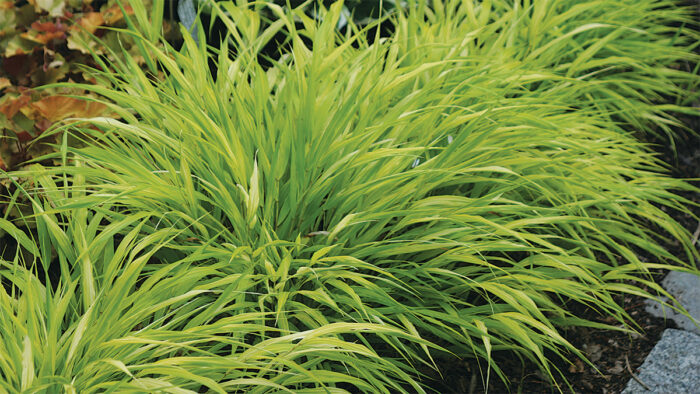
Fionuala Campion says in her article, Dazzling Deer-Resistant Perennials, “Though very graceful and delightful to behold in their native habitat, deer are a voracious force to reckon with in many Northern California gardens, particularly in summer and fall.” But these majestic creatures are not just an issue for gardeners on the west coast. There are populations of deer in all 50 states, and all are munching on the many different plants we’re growing across the country.
There are a vast array of deterrents that can offer various levels of success, but sometimes the best method to deter pests is growing plants they won’t bother with. While results can always vary, these four expert-selected plants for the Northeast are the closest you’ll get to deer-proof.
1. Yellow Corydalis
Name: Corydalis lutea
Zones: 4–8
Size: 8 to 12 inches tall and wide
Conditions: Partial to full shade; moist, well-drained soil
Native range: Europe
Yellow corydalis is a standout in the front half of the season. Beautifully and delicately dissected compound leaves create soft, airy mounds that are pale or grayish green. In spring, tubular yellow blooms float over the canopy of fine leaflets. While yellow corydalis is much more heat resistant than its eye-popping, blue-flowered cousins, its stems are similarly brittle and easily broken. In very hot summers or during drought it may die back, although it can flush new growth when cooler, moister conditions return. But with consistently moist soil and/ or cooler temperatures, it may not go dormant until fall. This is a short-lived perennial, but it can easily self-sow to give the appearance of longevity. You will like this one much more than marauding deer, who will pass it by without a second thought.
2. ‘All Gold’ Japanese Forest Grass
Name: Hakonechloa macra ‘All Gold’
Zones: 5–9
Size: 8 to 12 inches tall and 16 to 24 inches wide
Conditions: Partial shade; moist, well-drained soil
Native range: Central Japan
An essential element for the shady garden, Japanese forest grass is a standout for contrast and presence. This cultivar has become my new favorite. While the name ‘All Gold’ is honest and accurate, it may be better described as “Knock-your-socks-off-clean-into-the-washer gold.” A bit lower growing than some other forms of Hakonechloa, this woodland perennial really glows in shade. With ample moisture, though, I have grown this cultivar in almost full sun here in Maine, and the color is unreal. While ‘All Gold’ tends to be more chartreuse in heavier shade, a few hours of cool morning sun will bring out brighter gold colors in warmer climates. This is a slow grower and will not rapidly overtake adjacent plantings. It works well on slopes where it can gracefully cascade. In fall you’ll find that deer have left you to clean up, as they do not nibble this treasure.
3. ‘Spanish Peaks’ Mullein Foxglove
Name: Digitalis thapsi ‘Spanish Peaks’
Zones: 5–9
Size: 1 to 2 feet tall and wide
Conditions: Full sun to partial shade; average to medium soil
Native range: Portugal; Spain
This is one of my favorite selections of the foxglove genus. It flashes vibrant, raspberry-pink, tubular flowers that nod gracefully from a central, upright inflorescence. The overall form and habit of ‘Spanish Peaks’ are comparable to those of the more well-known and imposing D. purpurea hybrids that often steal the show, but with some noteworthy, garden-valuable distinctions. First, this species is more reliably perennial. Second, it does not reseed as heavily as other foxgloves I have grown. Third, it has wonderful wooly foliage. Narrow, lanceolate leaves emerge to form a typical foxglove rosette but are cloaked in soft, silvery, glandular hairs. Be advised that the leaves of this plant are poisonous, which allows it to avoid deer browsing.
4. ‘Sea Salt’ Artemisia
Name: Artemisia ludoviciana ‘Sea Salt’
Zones: 5–9
Size: 6 to 10 inches tall and 12 to 18 inches wide
Conditions: Full sun; lean, well-drained soil
Native range: United States; Canada; Mexico
No plant is in flower all the time, which is why showy or distinctive foliage is essential—especially when deer don’t like it! Originally introduced to me as a bedding or container plant, this silver artemisia cultivar is really great in the perennial landscape too. Soft, silverygray foliage sprawls into a low, fuzzy mound, which works its way around other plants to fill sunny spaces. Developed from a species native to dry sites in western North America, this cultivar demonstrates excellent drought tolerance once established. It’s at its best in hot, sunny spots, often on the dry side. Once established, it can perform admirably in almost pure sand. I have used this plant on the edges of beds not only due to its front-of-the-border habit but because my beds tend to trail off in richness (organic matter) at the edges, where the soil is not as developed.
Daniel Robarts is the greenhouse coordinator and propagator for Coastal Maine Botanical Gardens in Boothbay, Maine.
Fine Gardening Recommended Products

Pruning Simplified: A Step-by-Step Guide to 50 Popular Trees and Shrubs
Fine Gardening receives a commission for items purchased through links on this site, including Amazon Associates and other affiliate advertising programs.

Planting in a Post-Wild World: Designing Plant Communities for Resilient Landscapes
Fine Gardening receives a commission for items purchased through links on this site, including Amazon Associates and other affiliate advertising programs.

Black and Decker 22-inch Cordless Hedge Trimmer
Fine Gardening receives a commission for items purchased through links on this site, including Amazon Associates and other affiliate advertising programs.
- 38 x 7 x 7 inches
- 6.9 pounds
- 1 Lithium Ion battery required (included)


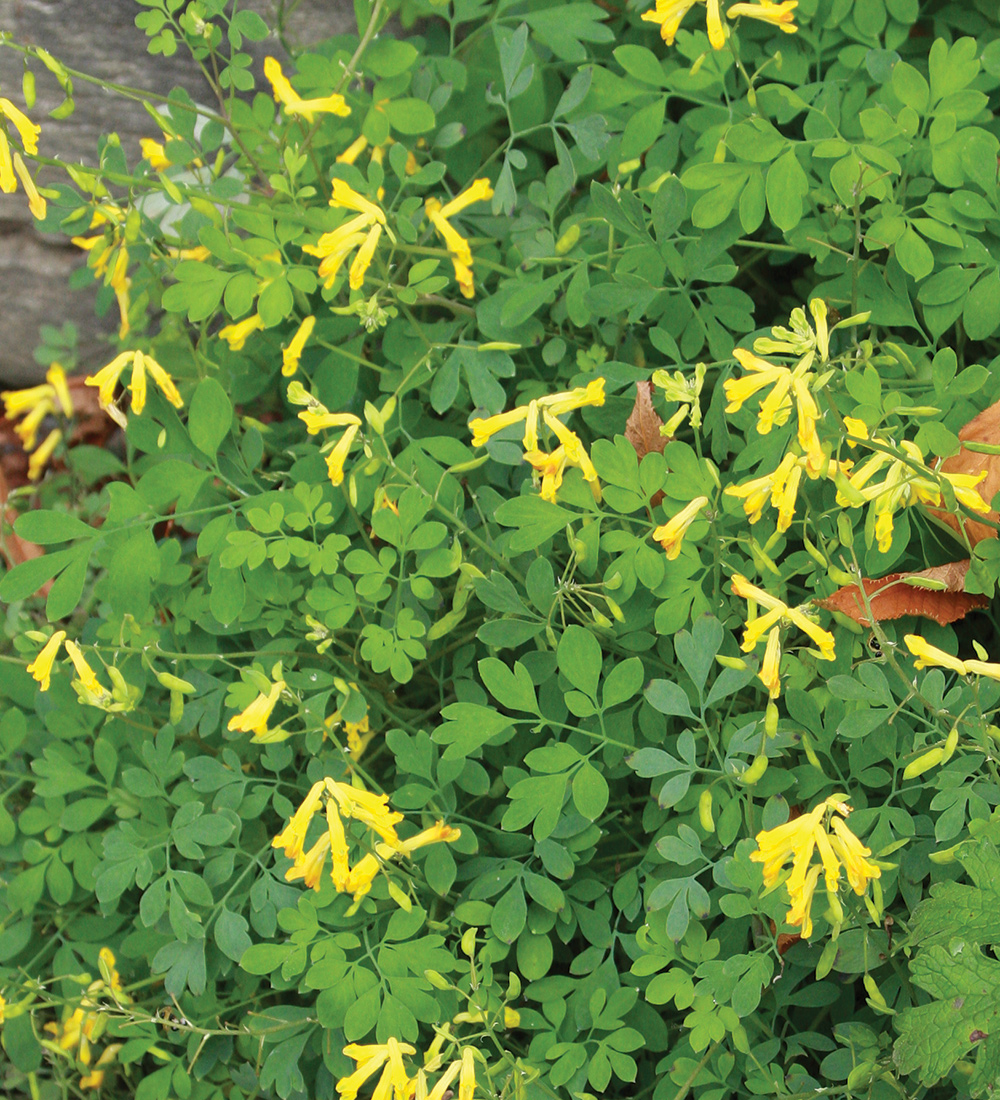
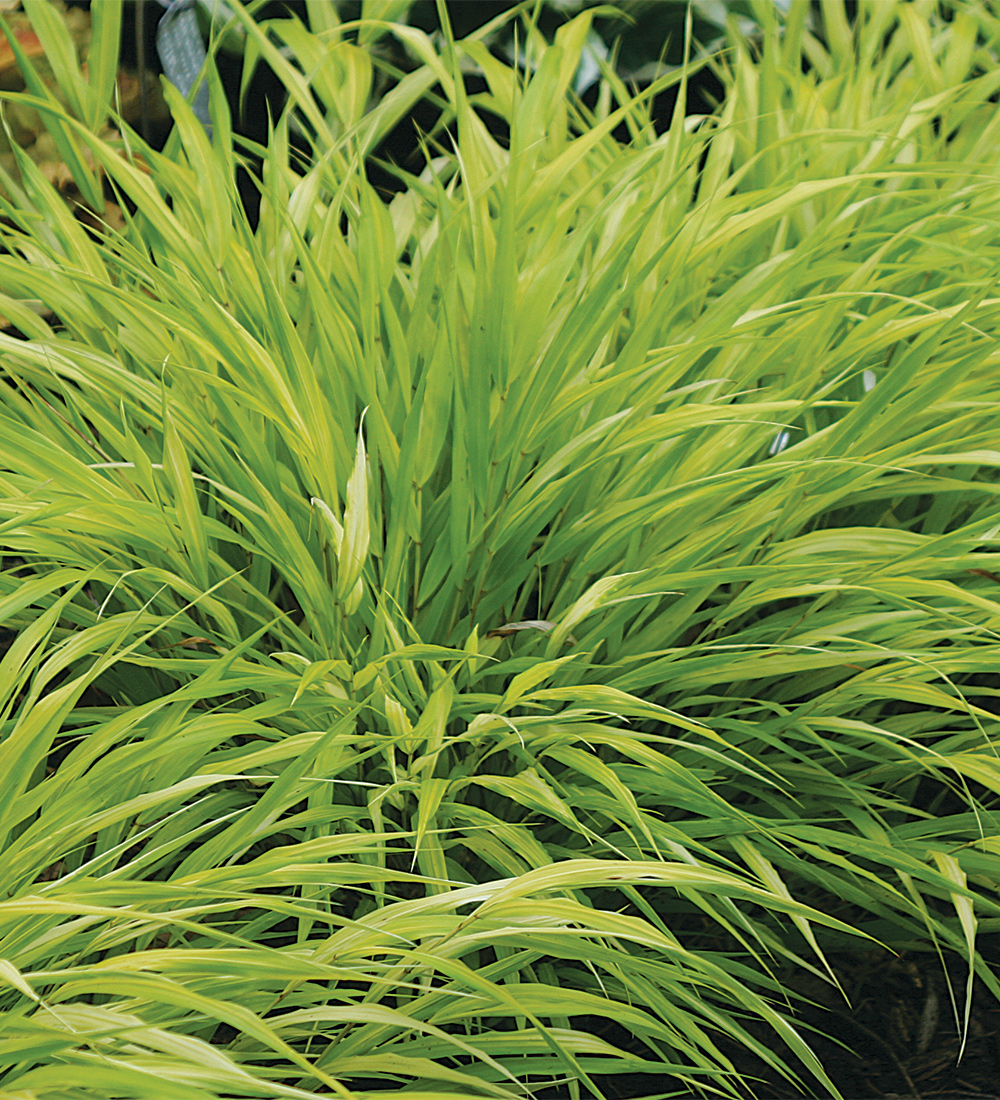
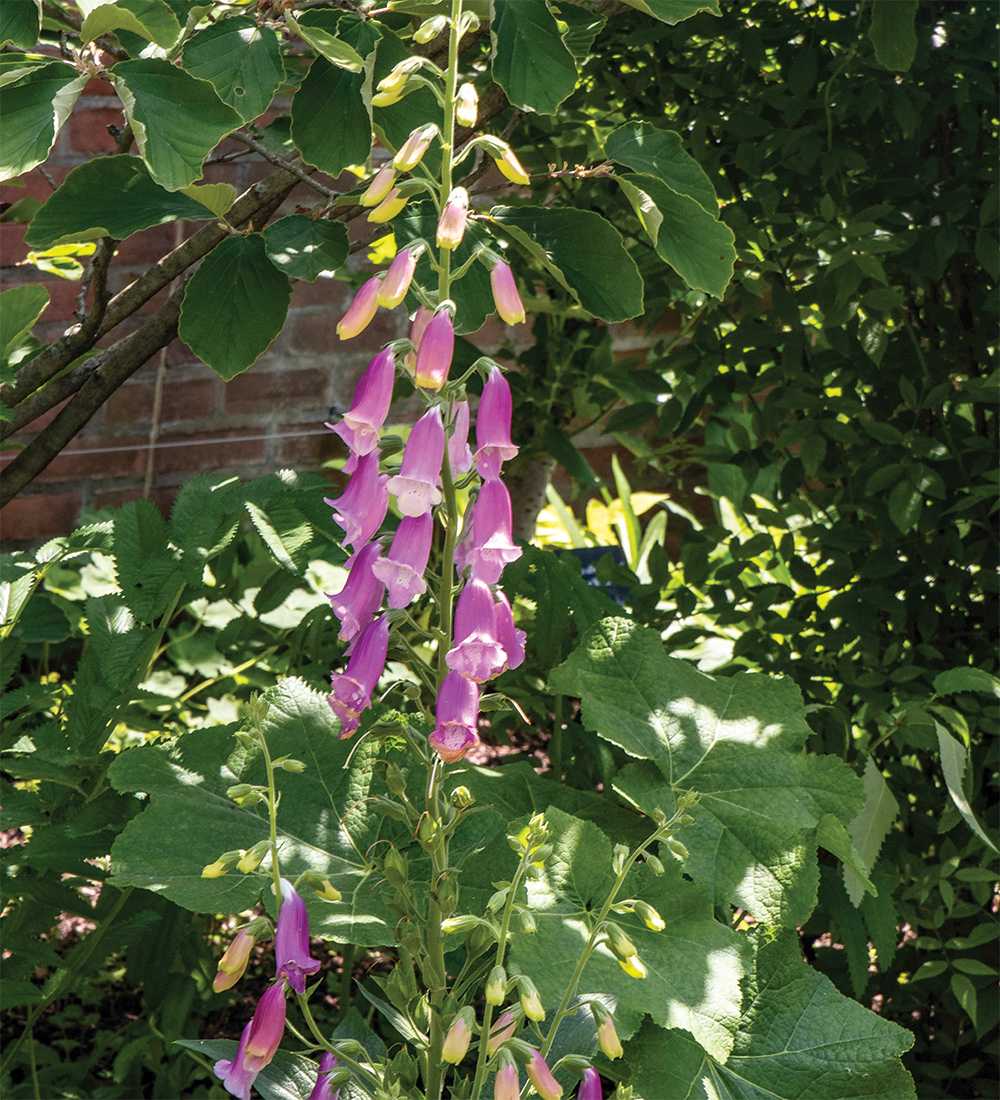
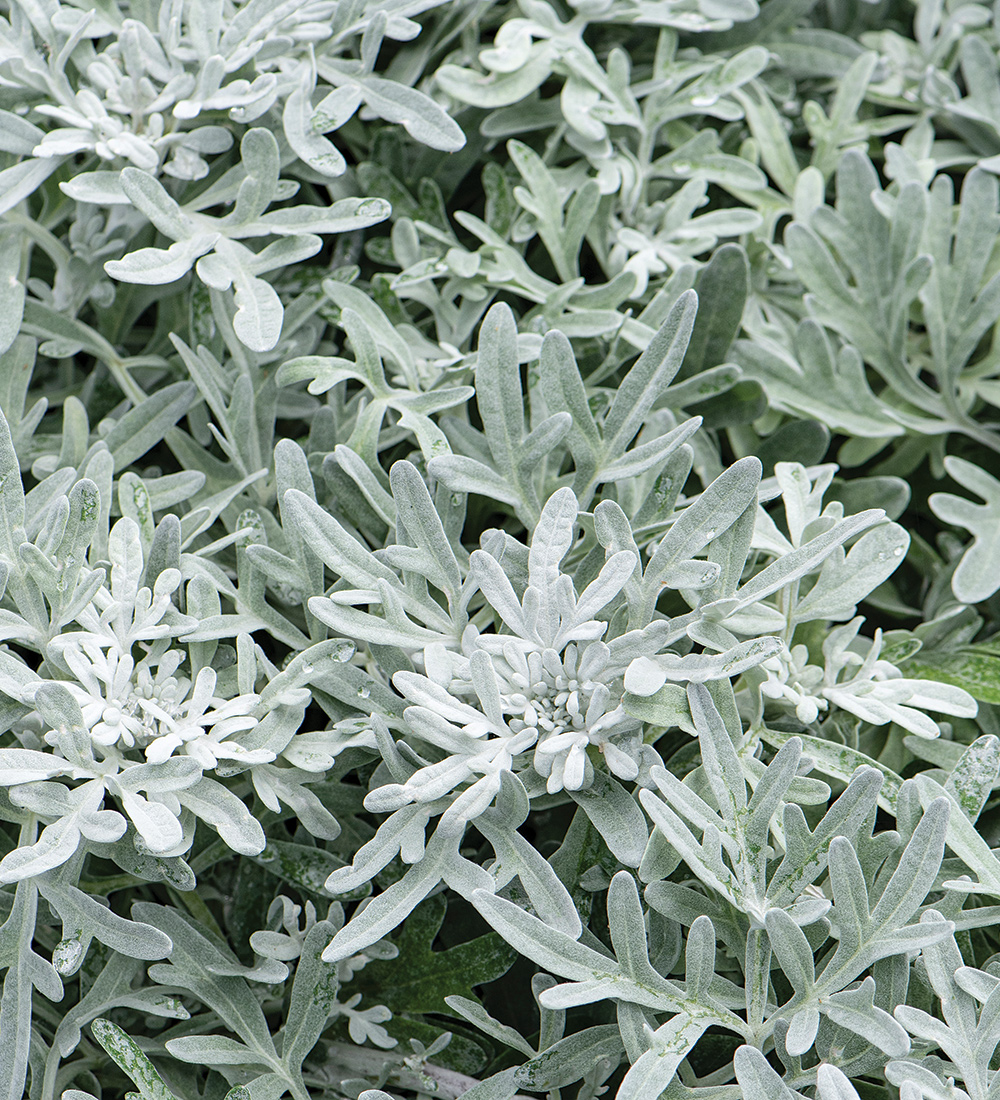
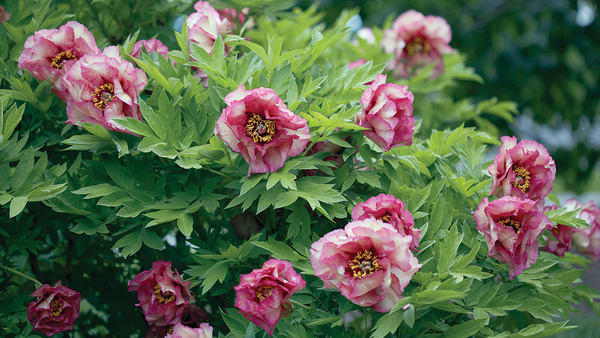
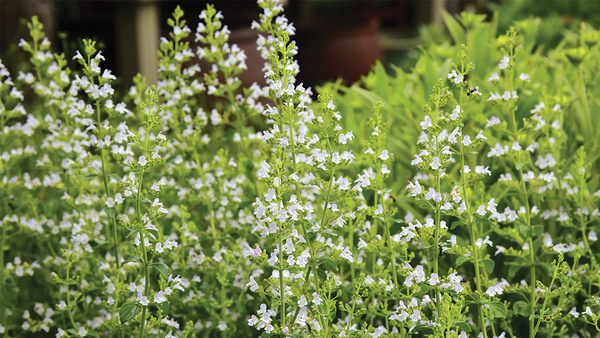
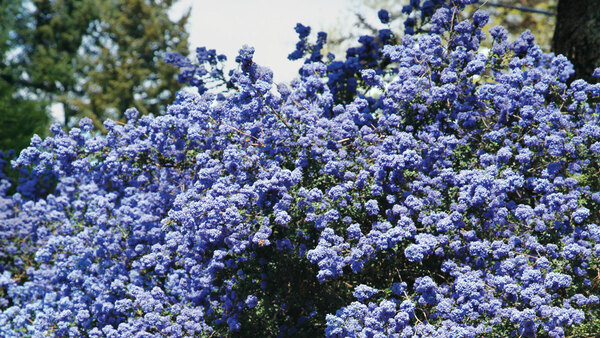
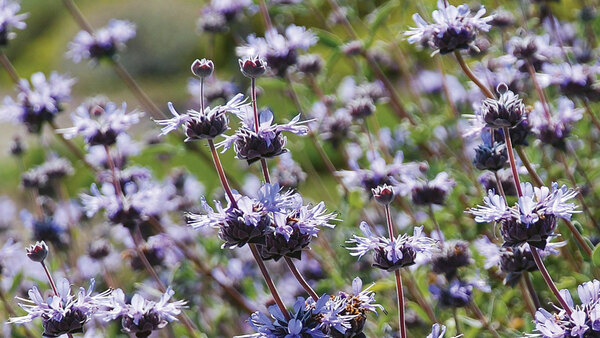


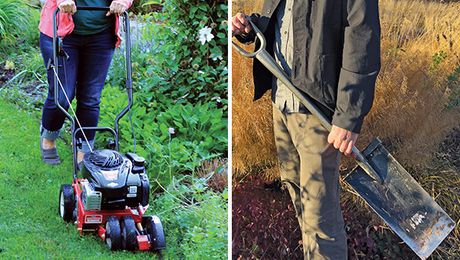










Comments
Log in or create an account to post a comment.
Sign up Log in